**Attention: We use cookies to help make this website better. By continuing to use our service, you agree to our use of cookies. More info**
**Attention: We use cookies to help make this website better. By continuing to use our service, you agree to our use of cookies. More info**
Proper scuba equipment maintenance is very important. Diving equipment is regularly submerged in salt and chlorinated water (pool) so unless it is properly cleaned, maintained and stored, it will start to decay or rust and become unsafe. Also the heat and direct ultraviolet light can affect the longevity of your gear.
Well maintained equipment is not only safer to use, but it will last longer and maintain its value. Now we will provide you useful information on how to keep scuba equipment in good shape.
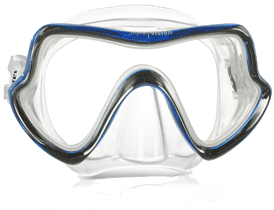 |
Regularly inspect your mask and the strap for any sign of wear and tear. Sunlight and stretching easily damage your mask so you might need to replace them sooner than expected. It's a good idea to store the mask in its original box. When storing your mask avoid hot places. |
Clear mask (silicone) provides more light but this material needs more maintenance and care. So, prevent any silicone parts from contact with black rubber and avoid direct sunlight for long periods to prevent discoloration.
Always have extra straps for the mask. They tent to break easily.
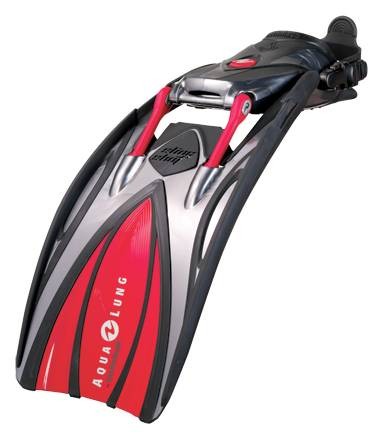 |
Fins are made from a hard plastic. The most sensitive area is the foot pocket and the straps for fins with straps. It's a good idea to stuff the foot pocket with an insert that prevents the pocket from losing shape. Sunlight and stretching easily damage the end of the foot pocket and straps. So remember to regularly inspect them for any signs of wear and tear. |
Once the foot pocket has damage and start cracking there is little you can do to save your fins. Straps can be easily changed in case of damage. Buy extra strap for fins at the first sign of wear and tear.
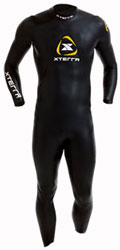 |
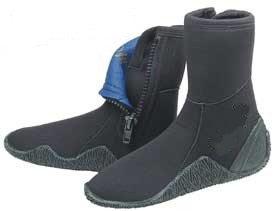 |
 |
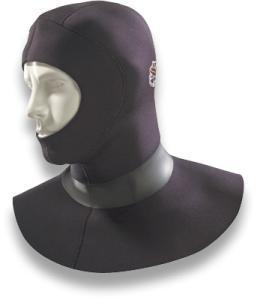 |
Any neoprene or similar material should be soaked and rinsed thoroughly with fresh water after use. While soaking, work the zippers, back and forth to prevent sticking material and to remove any foreign particles from them.
Allow wetsuits, booties , gloves and hood to drip dry on appropriate hangers that prevent creasing of the neoprene. After wetsuit is dry do not leave it hanging. This will stretch the material. It is better to store in a folded position in a sealed plastic container.
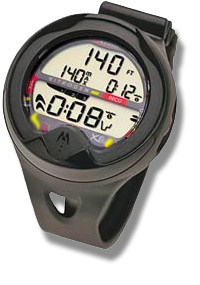 |
Dive computers and instruments are extremely sensitive. Soak them in fresh water as soon as possible after use. Work all moving parts while soaking to loosen any salt and sand deposits. Annual service is recommended to ensure the longevity of delicate and expensive equipment. Be sure to follow any and all manufacturer's recommendations and consult the owner's manual before attempting replacement of the batteries. |
 |
Use clips and other attachments to keep all hoses and gauges close to your body while scuba diving. This prevents them from dragging tough the floor and across sharp rocks, coral or get in-tangled. This also keeps them from getting snagged or dirty. |
Avoid any water entering the first stage. Do so by while attached to the tank allow pressure on the regulator and at the surface the dust cap of the first stage must always be in place. Dust cap must be dry and dust free before putting it in place.
Store the regulator in a cool dry place, away from dust, light, heat and fumes of any kind. Ideally, the regulator can be kept in a plastic bag. Store the regulator with little or no stress on the hoses to avoid cracking.
When stored for long periods perform regular visual inspection. Check for signs of wear and damage on the rubber straps and hoses (cracking effect). All movable parts must work properly and if not, clean the regulator in fresh water again to help remove the residues.
Mouthpieces can be easily changed at the first sign of wear and tear. In case of damage buy extra mouthpieces and some lock-straps and changed your self.
All regulators should be serviced according to manufacturer's suggestions, which is usually once a year.
Our latest post to keep you updated.
 Best Diving Cameras.
Best Diving Cameras.
These are currently the best cameras for diving.
 Travelling with Diving equipment
Travelling with Diving equipment
The airlines are in the endless battle to reduce their costs...
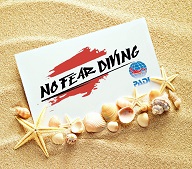 Amed-Bali.
Amed-Bali.
most commonly known for diving the USS Liberty wreck at Tulamben area.
Ria Aldan.
Part of the Rias Baixas in Spain.
 Khao Lak Beach.
Khao Lak Beach.
Located in Thailand with over 20+ nice dive sites.
Diving Karon.
Located in Thailand with over 30 nice dive sites.
 Diving in Canada.
Diving in Canada.
The water is cold, but that has not stopped the Canadian divers and visitors.
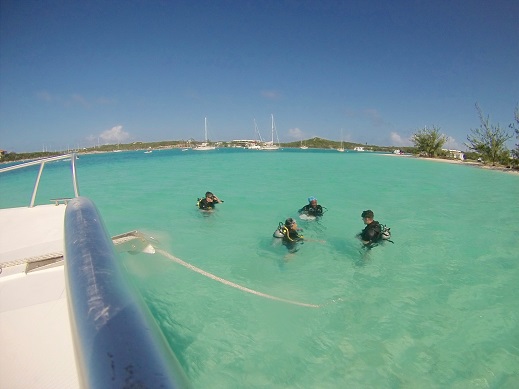 Diving in Exuma, The Bahamas.
Diving in Exuma, The Bahamas.
with 365 cays and islands is the perfect place for relaxation and diving.
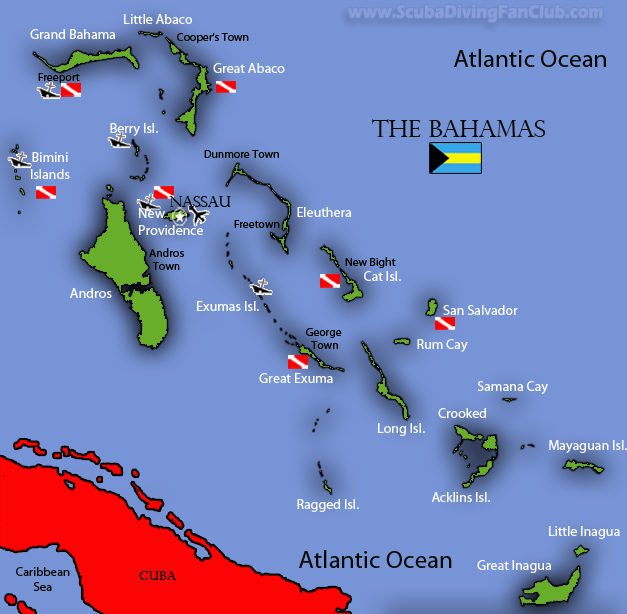 The Bahamas
The Bahamas
known for its big tourism industry offering big hotels, nice beaches and clear waters.
 Diving in Kalymnos, Greece.
Diving in Kalymnos, Greece.
Diving in Kalymnos Island, Greece. known as the "Sponge-divers' island.
Diving in Paphos, Cyprus.
Paphos is one of the oldest cities in the world which has seen rise and fall of many kingdoms.
 Diving Raja Ampat, Indonesia.
Diving Raja Ampat, Indonesia.
Famous for its ditch biodiversity and the coral coverage is stunning.
Diving Aliwal Shoal-Reef-Umkomaas, South Africa.
The most popular dive site to view the Ragged Tooth Sharks during the shark season.
 Diving in South Africa.
Diving in South Africa.
Cage diving in South Africa is very famous due to the massive fur seal colony and African penguins.
Diving Kata Beach-Phuket, Thailand.
Kata Beach in Phuket has most beautiful beaches and easy to dive locations on the island.
Diving Santa Catalina, Panama.
Most of our dive sites are located in Coiba National Park, a protected area.
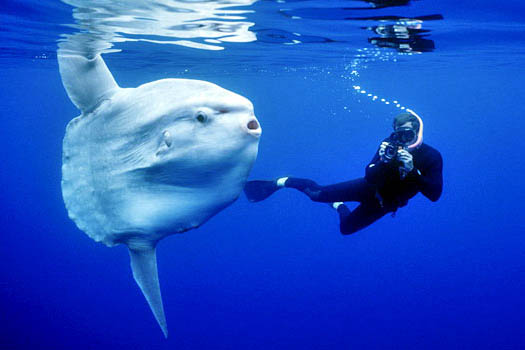 Diving in Bali.
Diving in Bali.
Bali has lots of great dive and snorkelling sites.
 Diving Carriacou, Grenadine Isl.
Diving Carriacou, Grenadine Isl.
Carriacou prides itself on some of the best diving in the Caribbean.
 Diving Guardalavaca
Diving Guardalavaca
Guardalavaca was a nice experience. They have a great wall with really nice tunnels.
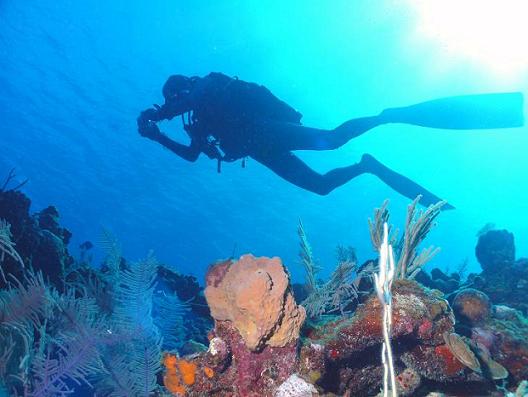 How is the coral reef being affected?
How is the coral reef being affected?
Corals are highly sensitive to environmental changes that can kill them.
 Diving Kas-Turkey
Diving Kas-Turkey
Kas is a small historical town on the south coast of Turkey and we have great diving.
Diving South Dalmatia
Diving Marco Polo's home town in Croatia.
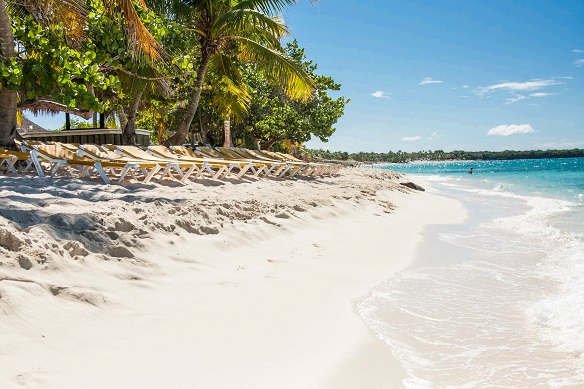 Catalina Island, Dom Rep
Catalina Island, Dom Rep
You will love our amazing snorkelling and diving activities.
 |
BCDs should be soaked and rinsed in fresh water after use. Especially if water was allowed to enter the BCD, it is a good idea to rinse the inside of the BCD. To do this, depress and hold down the oral inflator button and fill the bladder one third full with water. Allow the water to swish around inside by rotating the BCD several times. |
Then drain the water completely by turning the BCD upside down while pressing the oral inflator button. Do this at list twice.
Store BCDs upside down and partially inflated. And service your BCD according to manufacturer's suggestions, usually once a year.
 |
Lights and cameras are extremely sensitive to water, sand and salt. Soak them in fresh water as soon as possible after use. |
 |
Work all moving parts while soaking to loosen any salt and sand deposits. After soaking, allow the unit to dry completely before opening any compartments. Once dry, loosen all connectors so they do not freeze in place, then remove batteries and film. Thoroughly clean and lubricate all o-rings before next use.
Store them in a protective case to prevent any seals from exposure to dust and dirt.
Professional maintenance and pressure testing is recommended to ensure the longevity of delicate and expensive equipment. Be sure to follow manufacturer's recommendations.
 |
Scuba cylinders should be rinsed in fresh water after use, then wiped dry. Remove the tank boot and dry the cylinder completely so that no water is allowed to accumulate on the outside of the tank. The valve should be opened briefly to expel any moisture from the valve opening. All compressed air cylinders should be inspected regularly. Before diving, check for any corrosion or heavy wear on the outside of the tank. Visual inspection is required annually and more frequently if used heavily, filled in a humid environment, or if the tank is drained completely. Any stickers should be removed prior to a visual inspection. Tanks must be hydrostatically tested once every five years to ensure the integrity of the tank walls. |
Before storing, be sure
tanks are pressurized to at least 25psi to prevent any moisture from
entering the cylinder. Store tanks securely and upright in a cool dry
place.
Make sure you have extra o-rings. If you have a YOKE valve, o-rings tent to wear quickly.
Handle scuba tanks with care. They are heavy and you shouldn't leave them standing up unattended - they can fall over and damage the valve or nearby toes.
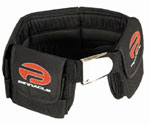 |
Weights and weight belt should be rinsed in fresh water after use. They do not need too much maintenance. The belt must be kept closed at all times, to prevent any weight to slide off. Remember that most weights are made of lead. So, remember to clean your hand after handling them. |
Equipment maintenance is very important, but if you are away from home it is a good idea to put together a spare parts kit with the most commonly broken, lost or worn out items:

Mask straps
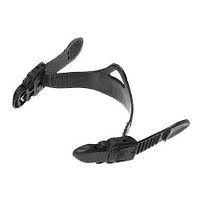
Fin Straps

Snorkel Keeper
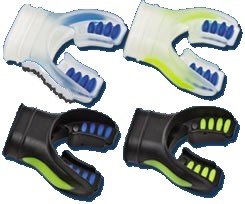
Extra Mouthpiece
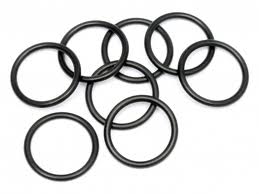
O-ring kit

Lock Straps

Utility Toll

Vaseline
If
you will like to help new divers with some tips regarding |
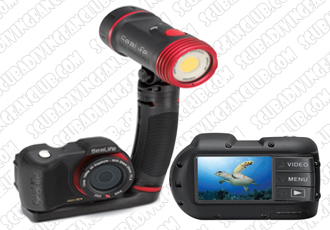
Best Diving Cameras | Diving Information
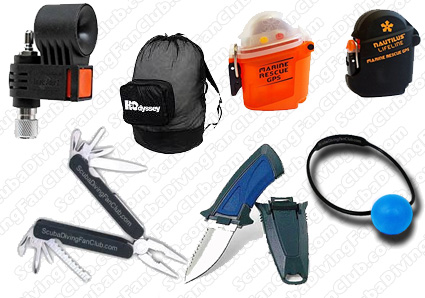
Top 10 Diving Accessories | Diving Equipment

Russian Tanks in Cuba | Diving Video

The Coral Reefs | Diving Information
Afraid of Diving | Diving Information

12 Common Diving Mistakes | Diving Information

Necessary diving equipment | Diving Equipment
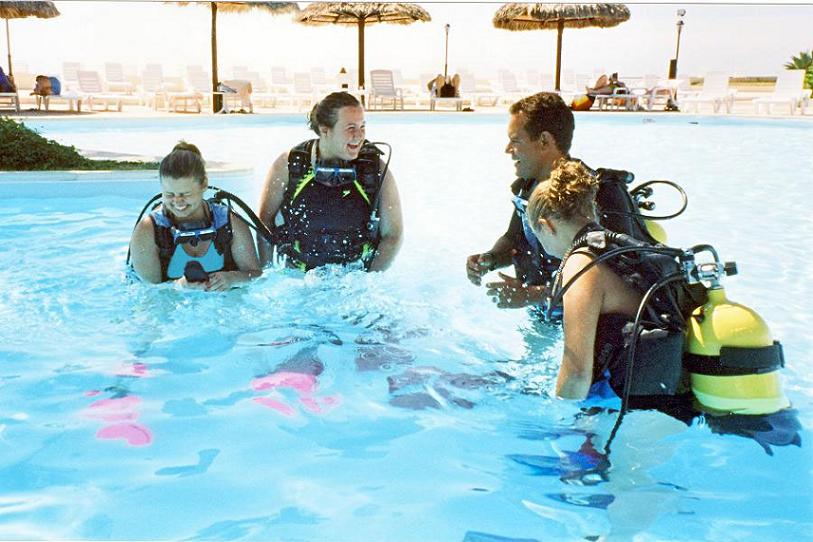
First Timers | Diving Information
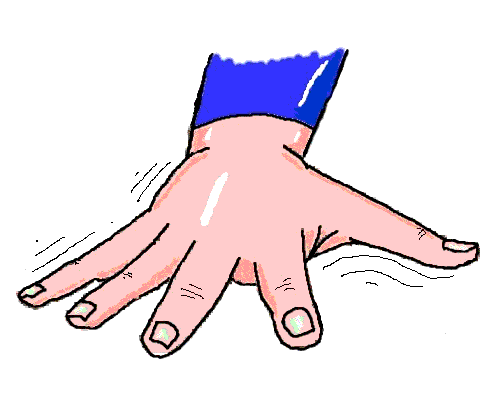
Diving Signals | Diving Information
Diving Risks | Diving Information

Equipment Maintenance | Diving Equipment
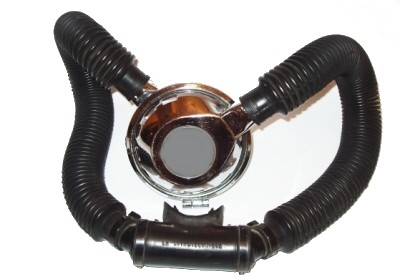
Diving History | Diving Information
Diving Questions | Diving Information

Diving Quotes | Diving Gallery
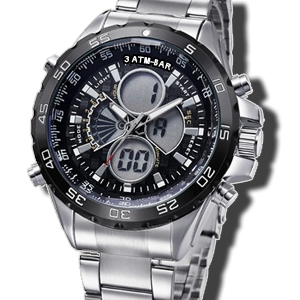
How deep is 3 bars?| Diving Information
See More.
How to become a contributor